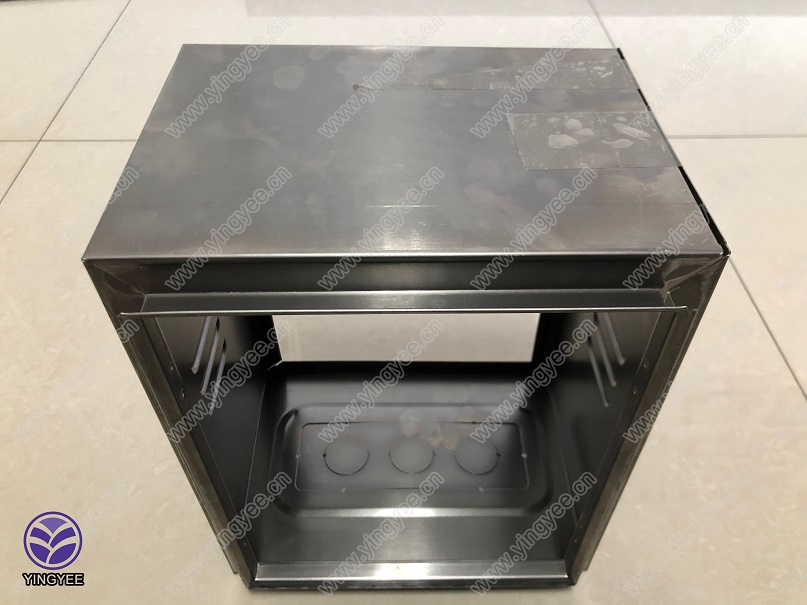
Understanding Tube Mill Equipment An Essential Component in Manufacturing
Tube mill equipment plays a crucial role in the manufacturing and processing industries, particularly in the production of tubular products
. These machines are designed to form, shape, and weld metal into various types of tubes and pipes, which are essential components used across a multitude of applications, from construction to automotive engineering. This article aims to provide an overview of tube mill equipment, its functionalities, and its significance in modern manufacturing.A tube mill consists of several components that work in unison to transform flat metal strips into finished tubes. The process begins with the feeding of a flat coil of metal into the mill. The metal strip is then guided through a series of rollers that progressively bend and shape it into a circular form. As the strip is continuously fed through the mill, it is gradually conformed to the desired diameter and thickness. One of the key characteristics of tube mills is their ability to produce precise dimensions, making them ideal for producing tubes that meet stringent quality standards.
One of the most critical operations within a tube mill is the welding process. After the metal strip is shaped into a circle, the edges are brought together and welded, typically using high-frequency induction welding or TIG (Tungsten Inert Gas) welding methods. This step is essential in ensuring the integrity and strength of the different pipes produced. The welding process must be meticulously controlled to avoid defects and ensure a solid bond that can withstand various forces and pressures.

After the welding operation, the tubes undergo a series of finishing processes. These include trimming the ends, removing weld seams, and surface treatments such as pickling or galvanizing. These processes enhance the tubes’ durability and resistance to corrosion, making them suitable for diverse applications. In addition, quality assurance measures, such as non-destructive testing, are often employed to inspect the welded seams and overall integrity of the tubes.
Tube mills can be categorized based on the type of material processed, the method of welding, and the size of the output. Some mills are designed specifically for stainless steel, while others may focus on carbon steel or aluminum. The design of the mill itself varies depending on the production capacity and specifications required by the end user. Consequently, manufacturers can select tube mill equipment that closely aligns with their production goals and the demands of their target markets.
Moreover, advancements in technology have significantly improved the efficiency and precision of tube mills. With the integration of automation, manufacturers can now produce high-quality tubes with minimal human intervention. This not only enhances productivity but also reduces operational costs and minimizes the risk of errors commonly associated with manual processes.
In conclusion, tube mill equipment serves as a vital element in the manufacturing of pipes and tubes that are essential for countless industries. By understanding the intricacies of tube mills—ranging from their components to the processes involved—companies can enhance their production capabilities and provide high-quality products to their customers. As the demand for tubular products continues to grow, the importance of investing in advanced tube mill technology cannot be overstated, making it an indispensable part of the manufacturing landscape.